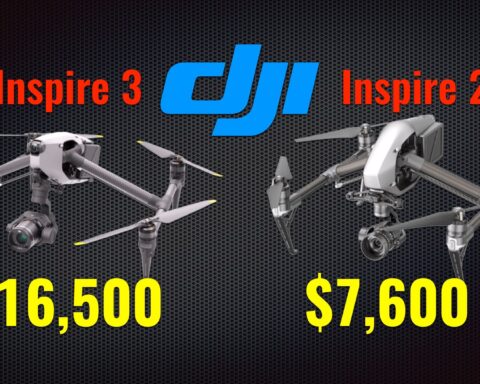Have you ever dreamed of shooting a car chase by utilizing a state of the art cinematography tools like Porsche, Russian arm, and heavy-duty equipment? This demonstration proves that you might not need all that fancy instruments, and a super affordable $500 stabilized gimbal might be enough for the mission. Read below and decide for yourself.
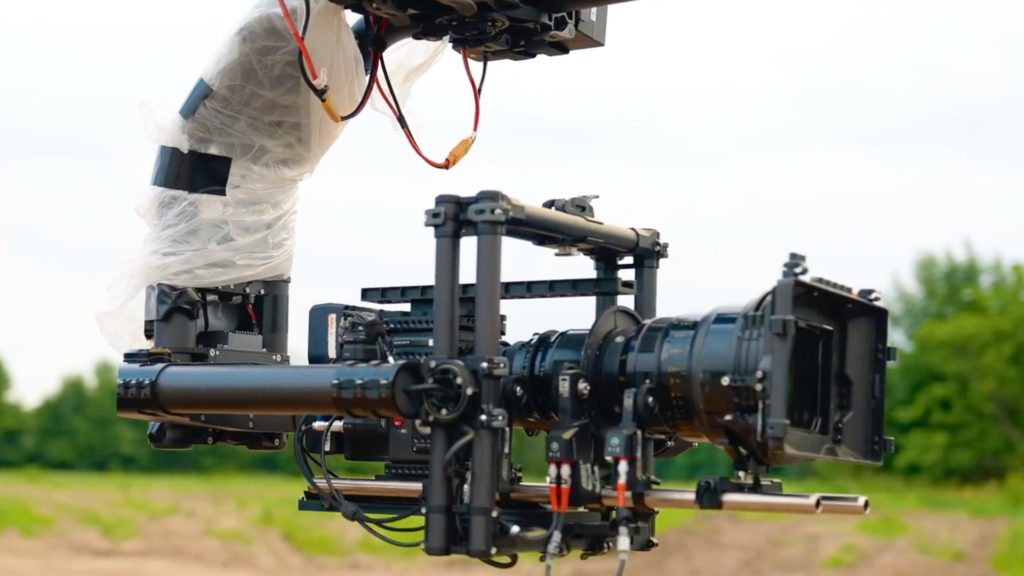
Shooting car-chase
When we think of shooting car chase sequences, the only option popped is the Hollywood alternative, which means a per excellence pursuit system that includes a fancy car (mainly Porsche Cayenne), Russian arm, heavy-duty stabilized gimbal, cinema camera, and heavy lens. Of course, you’ll have to add into the equation a highly skilled team, that sits inside the Porsche, and operates the camera with perfect synchronization.
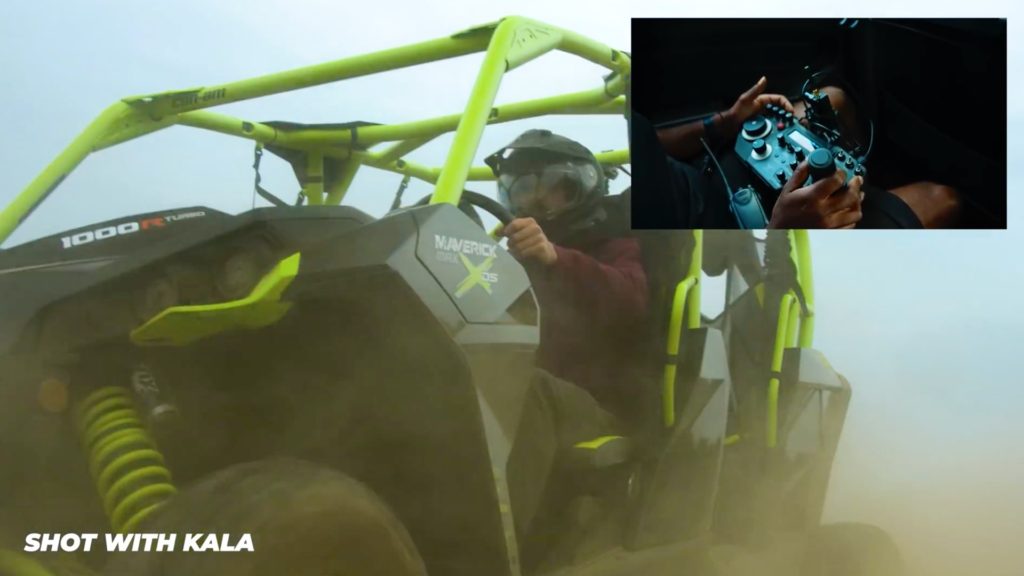
In that case, every team member has his own role since the whole apparatus has to be controlled accurately. As you’ve been guessing, this pleasure will cost you. How much? Well, it depends. The car+arm+ rig can reach to $200,000. However, the question that needed to be asked is if there’s an affordable alternative. Well, the simple answer is YES, and the comparison below clearly proves that.
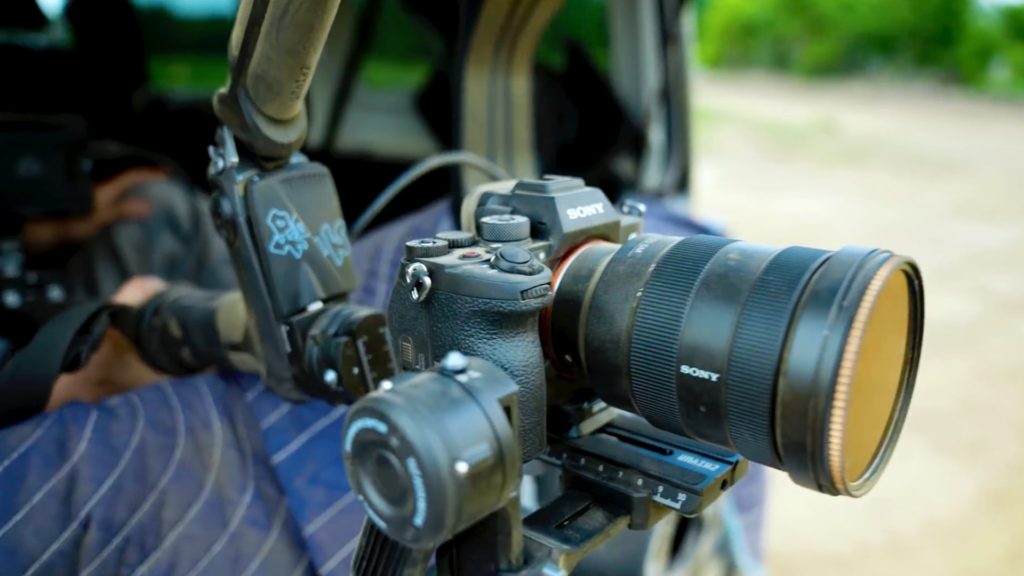
$500 Zhiyun Weebill 2 vs. $200,000 camera car
The examination below is a comparison between the $500 Zhiyun Weebill 2 to a $200,000 Hollywood and commercial camera car with a Russian arm. The cinematography tasks were the same. The Zhiyun was operated by a sole operator, and the camera car was operated by a team of experts. Nevertheless, the final results are fascinating, since the similarity is high. Most of the time you can’t tell which is which.
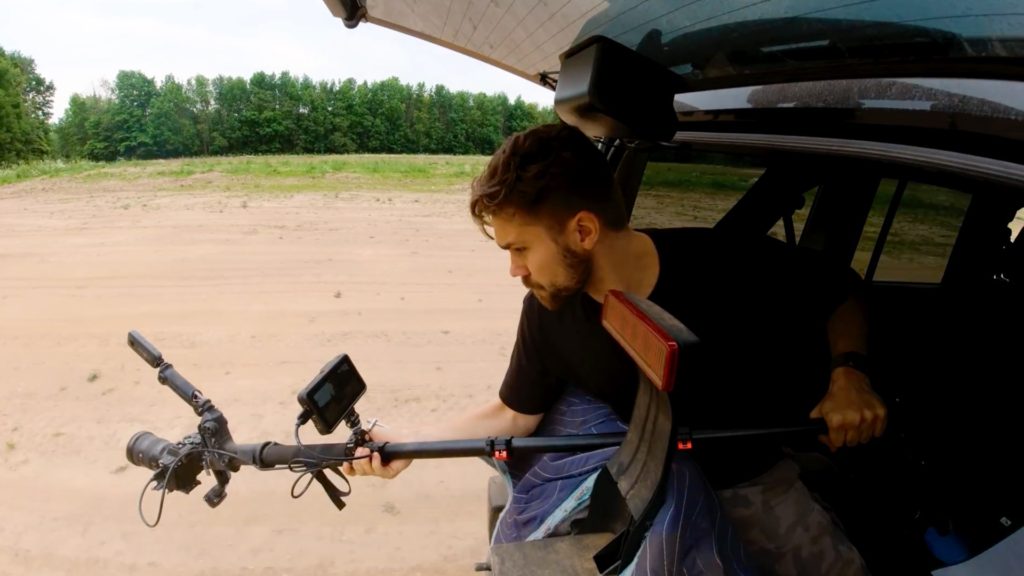
The gear used
This is the gear used for the experiment:
- Gimbal: Zhiyun-Tech Weebill-2 3-Axis Gimbal Stabilizer paired with the Sony A7S III, lensed with a 24-70mm f2.8 G-Master glass. The gimbal is capable of 360° pan rotation, 340° tilt and roll rotation, portrait and landscape modes, and supports up to 7.3 lb. This Zhiyun-Tech Weebill-2 can be used to shoot low-angle shots with the help of underslung mode, which means that it can get really low to the ground to grant those dynamic car shots. As mentioned, its price is only $550 USD.
- The pursuit system (camera car): RED Monstro with an 18-100 lens, a MoVI XL gimbal, and the MotoCrane ULTRA on top of a Mercedes ML63. A package like this, basically, would cost you about $200,000. That includes the gimbal, the arm, the modifications for the Mercedes ML63, and the car itself.
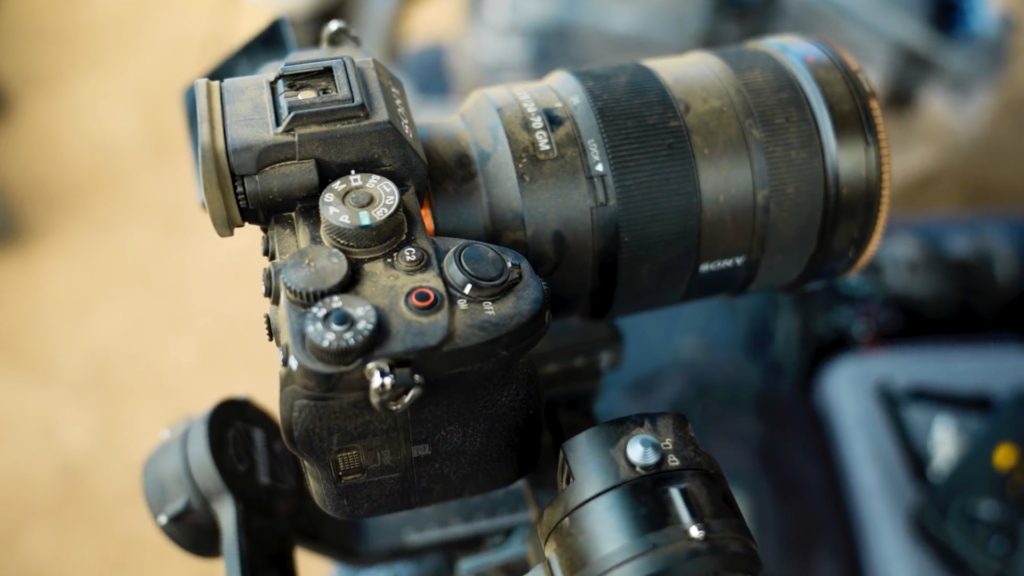
Shots tested
The shot tested are Standard tracking wide shots, tight shots of the driver (by using a longer focal length), and parallel tracking shots by using a longer focal length to track from a distance.
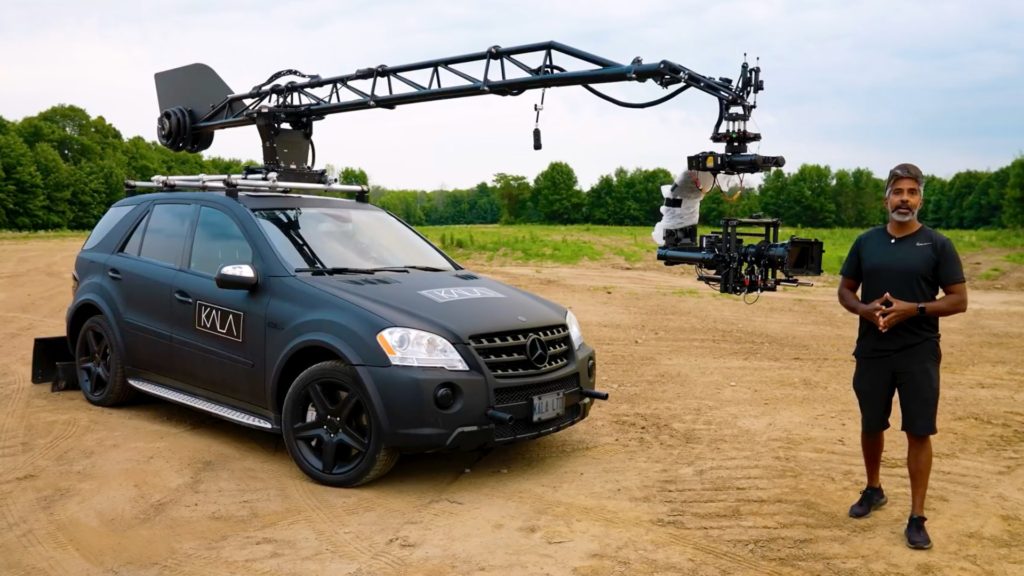
The results
Standard tracking wide shots: Those shots were pretty much easy to accomplish by the gimbal. The Zhiyun was extended so the Sony A7S III could reach closer to the car. These were the easiest shots of the Zhiyun operator, ad thus performed really well.
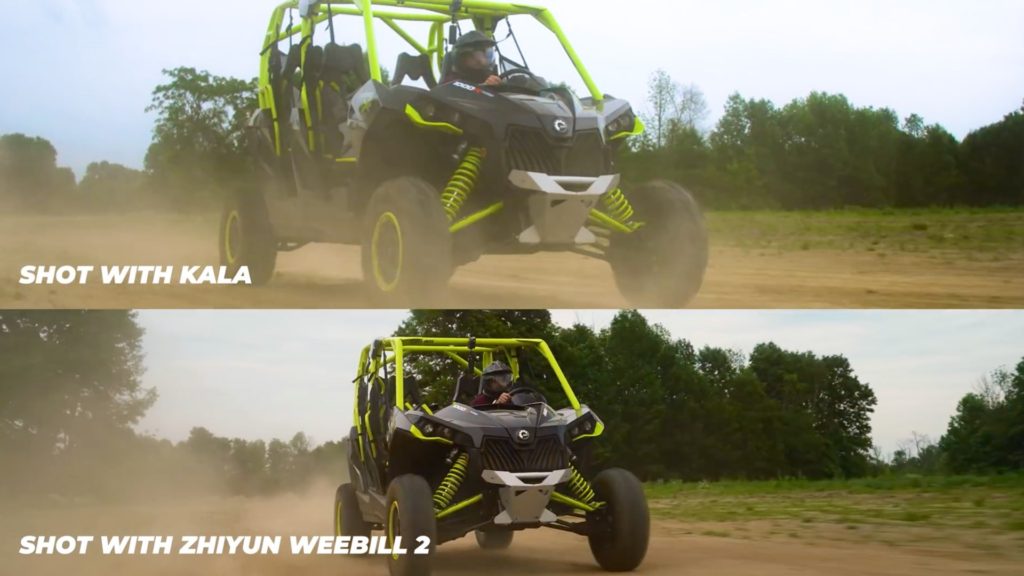
Tight shots: Those shots demanded longer lenses in order to be able to focus on the driver. The main problem with the Zhiyun + Sony A7S III is the limitation of its lens. The gimbal was paired with the 24-70mm f2.8 G-Master glass. Although it’s an outstanding lens, its focal length is limited to 70mm, which is not enough to film tight shots of car chase with a shallow depth of field. In this case, the operator must rely on the autofocus capabilities of the Sony A7S III, which are pretty solid. Nevertheless, it was a challenge to get close to the driver for portrait-style shots, as opposed to the camera car, that this kind of shot is its bread and butter. The 100mm lens has done a better job. They should be using a longer lens to produce even more cinematic results, and thus maximizing the potential of the pursuit system.
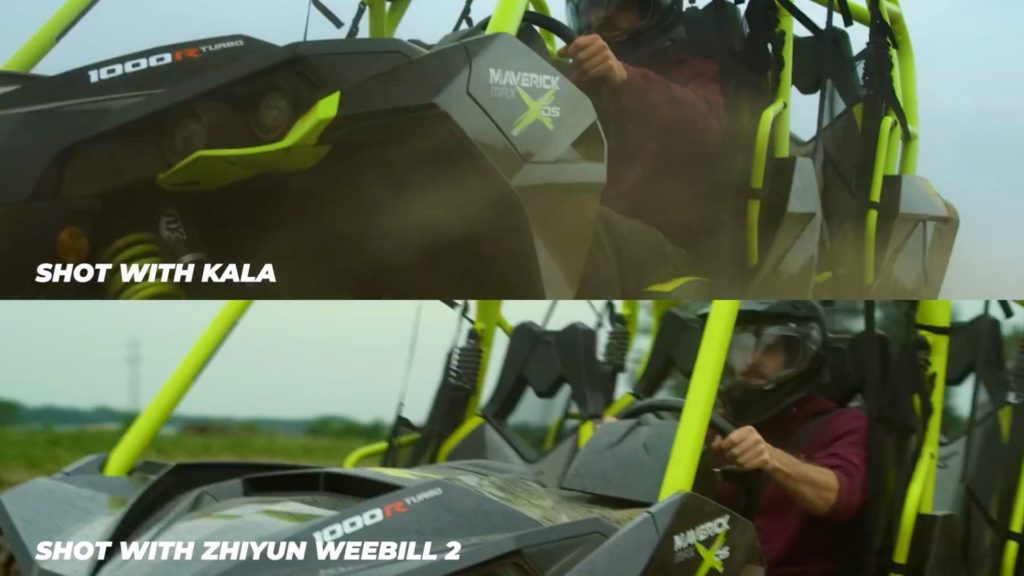
Parallel tracking shot: Those shots were the most complicated to achieve. However, the Zhiyun handled it relatively well. The pursuit system mastered it, obviously. The main problem was Zhiyun’s out-of-focus distance shot. But generally, it performed amazingly.
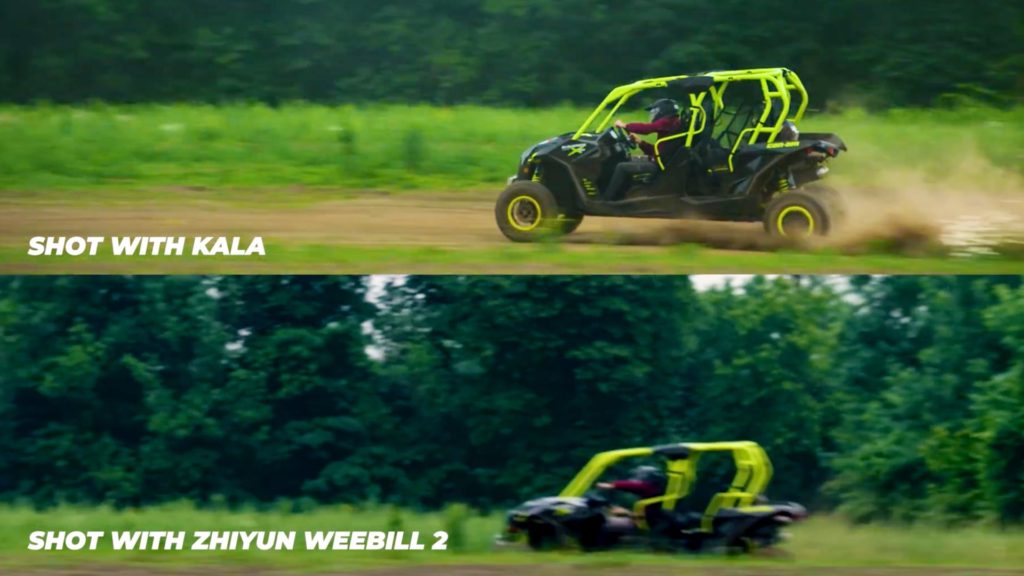
Check out the video below which demonstrates this wonderful examination:
Final thoughts
This test shows that you can achieve very decent car chase shots with an affordable piece of equipment. The advantages of the Russian arm are well known. But the results of the Zhiyun with the Sony A7S III are very much comparable, and that for itself constitutes a pretty amazing observation. So basically the answer is YES. You can achieve professional cinematic car chase shots with a simple gimbal operated by one operator. Outstanding!
Important disclaimer:
The shots mentioned and demonstrated above, were performed by professionals on a closed course, under strict precautions.
Product List
Here’re the products mentioned in the article, and the links to purchase them from authorized dealers.
- Zhiyun-Tech WEEBILL-2 3-Axis Gimbal Stabilizer
- Sony Alpha a7S III Mirrorless Digital Camera
- Sony FE 24-70mm f/2.8 GM Lens


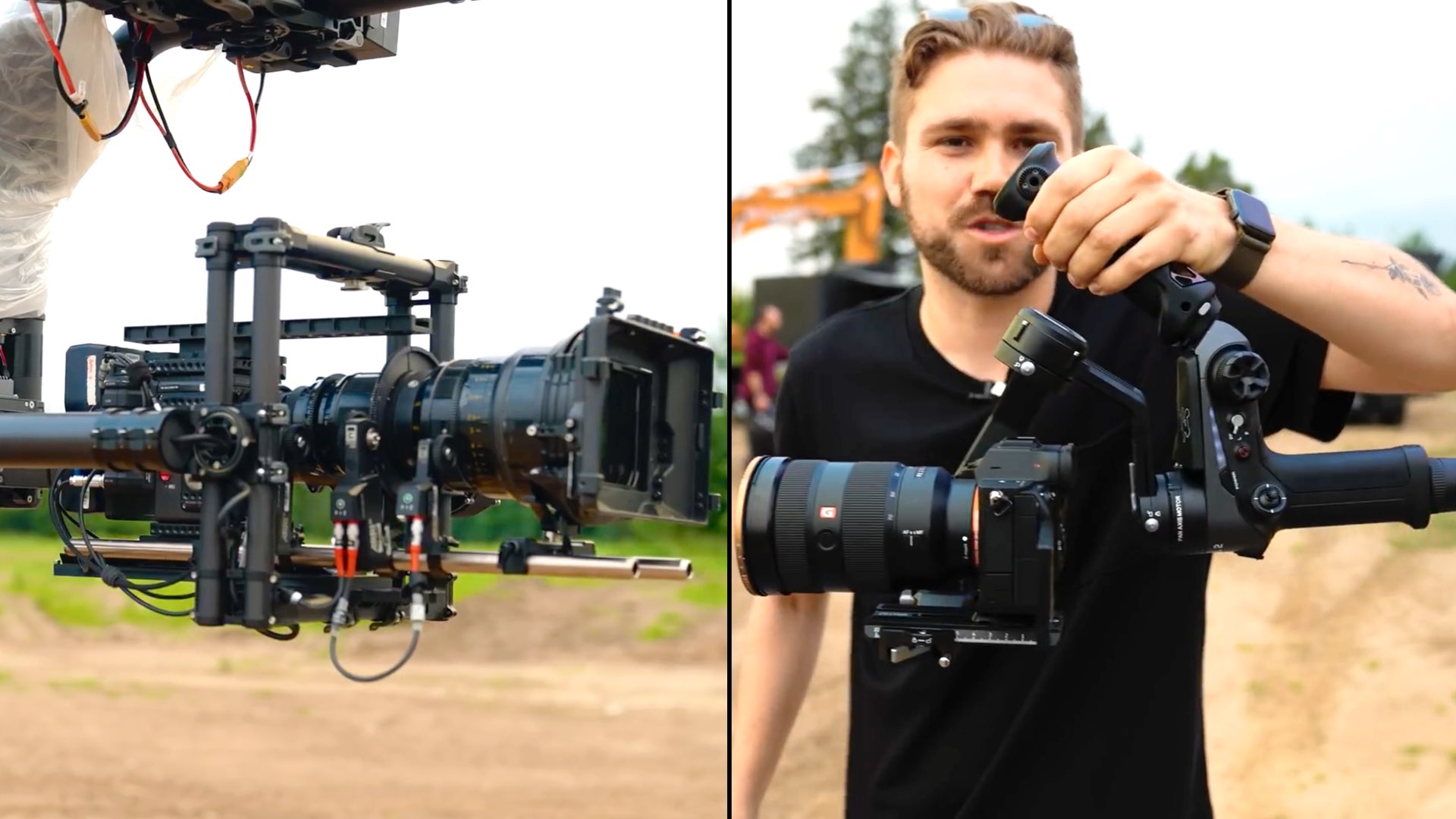

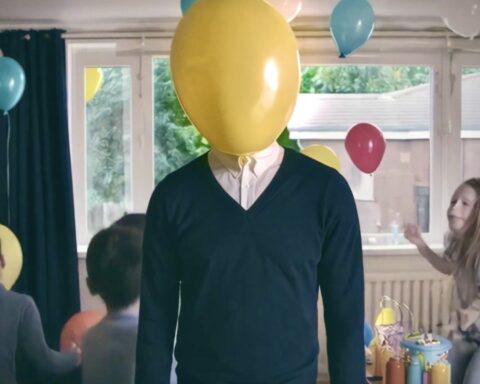
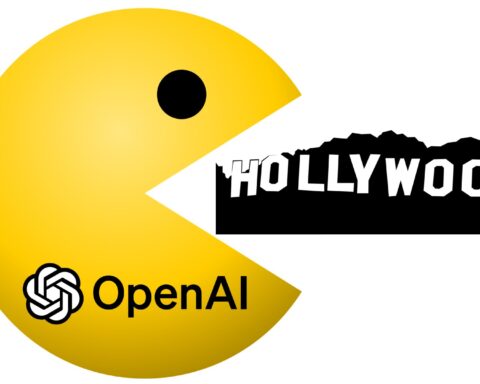

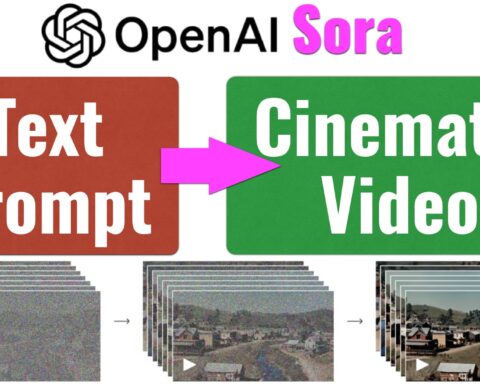
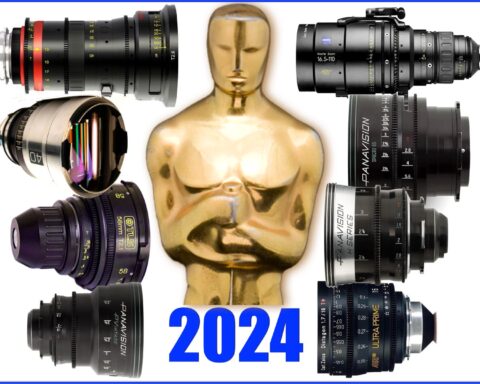

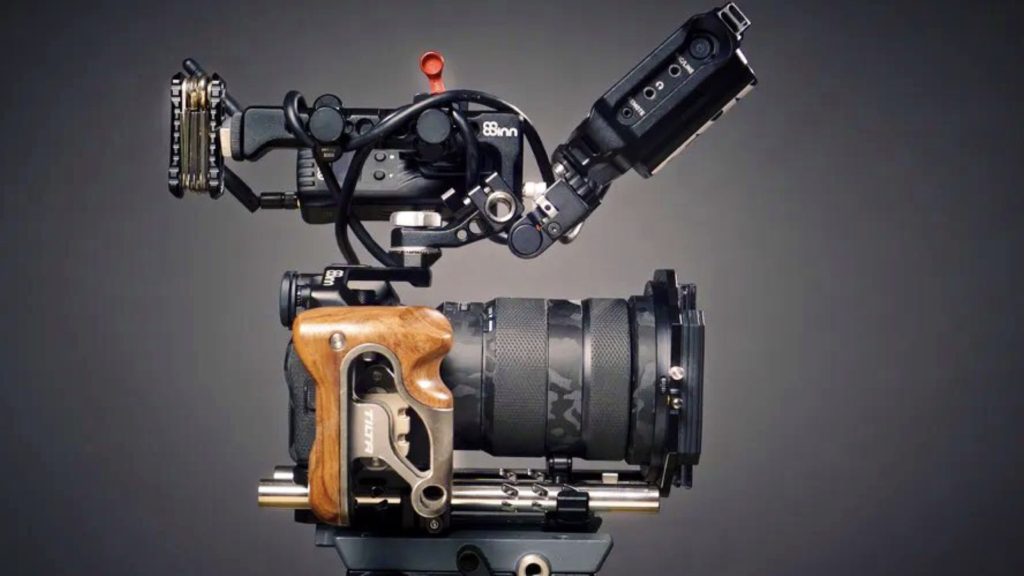
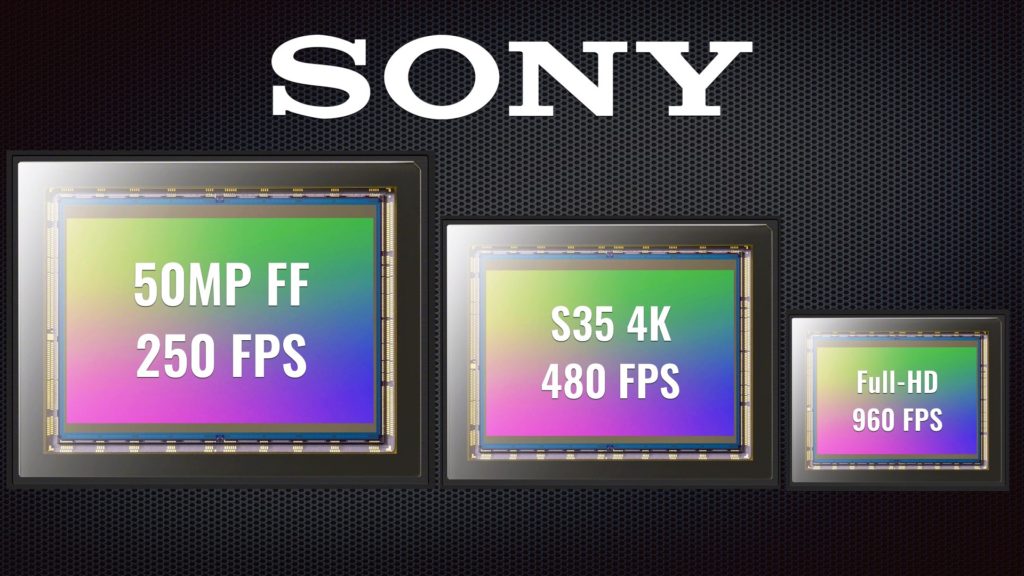
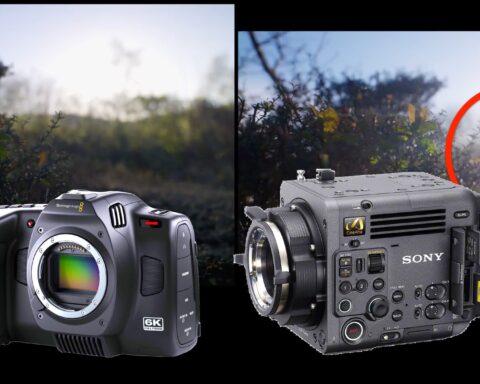
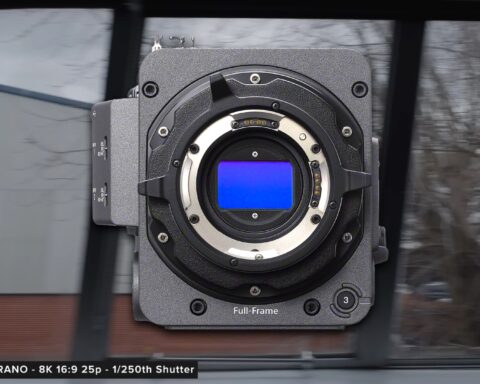
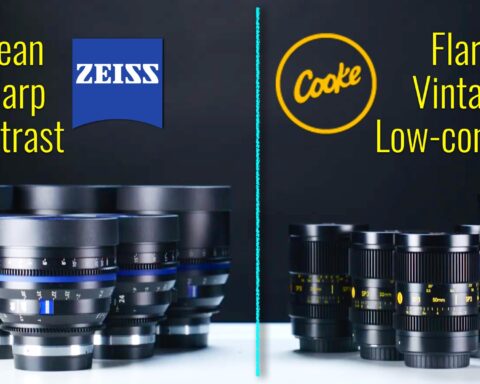
![RED V-Raptor OG vs. [X] vs. ARRI ALEXA 35: Dynamic Range Insights](https://u7s8g8p6.rocketcdn.me/wp-content/uploads/2024/02/red-v-raptor-x-arri-alexa-35-480x384.jpeg)
